Endocrine Glands
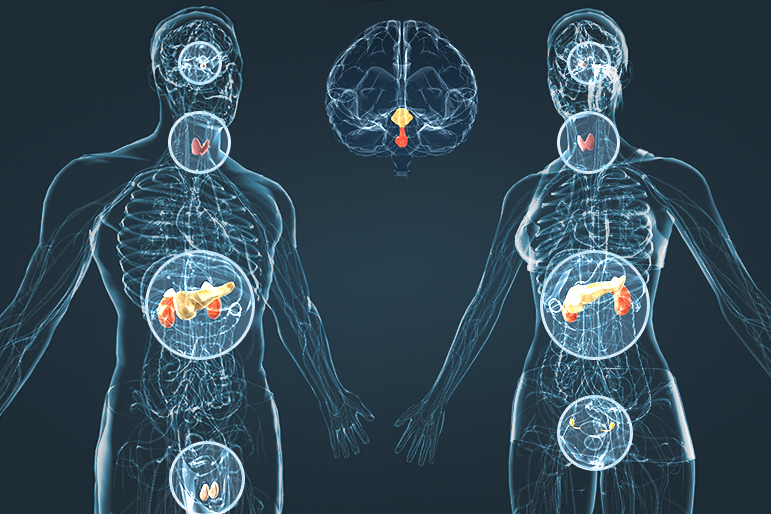
Endocrine System in Exercise
The endocrine system, an intricate network of glands and hormones, plays a pivotal role in regulating various physiological processes, including metabolism, energy balance, and the body’s response to stress. Within this complex system, several key endocrine glands, each with distinct functions, collaborate to ensure the body’s optimal functioning, especially during exercise. This comprehensive exploration unveils the roles of major endocrine glands, such as the hypothalamus, pituitary, thyroid, and adrenal glands, and how they influence exercise activity and overall health.
1. The Pituitary Gland:
- Tripartite Structure: The pituitary gland is often hailed as the “master” gland due to its control over other endocrine glands. It comprises three lobes: anterior, intermediate, and posterior, each secreting specific hormones.
- Anterior Lobe: Produces hormones like growth hormone, prolactin (for milk production), adrenocorticotropic hormone (ACTH), thyroid-stimulating hormone (TSH), follicle-stimulating hormone (FSH), and luteinizing hormone (LH).
- Intermediate Lobe: Secretes melanocyte-stimulating hormone (controls skin pigmentation).
- Posterior Lobe: Releases antidiuretic hormone (ADH) and oxytocin, crucial for water absorption in the kidneys and uterine contractions during childbirth and milk production.
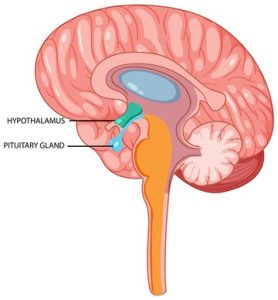
2. The Thyroid Gland (The Metabolic Regulator):
- Metabolic Control Center: The thyroid gland, situated in the neck, produces hormones that regulate metabolism, growth, and the functioning of various body systems.
- Thyroid Hormones: Thyroid hormones have far-reaching effects on metabolism, heart rate, breathing rate, and body temperature. Dysfunction can lead to fatigue, weight gain, and other symptoms.
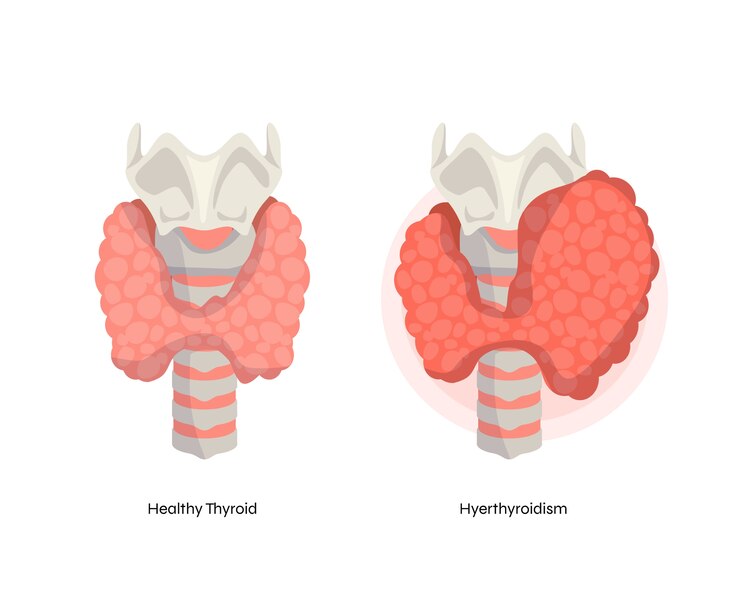
3. The Adrenal Glands (The Stress Responders):
- Catecholamines: The adrenal glands, located atop the kidneys, produce stress hormones, including epinephrine (adrenaline) and norepinephrine. These hormones prepare the body for the “fight or flight” response.
- Heart Rate and Glucose: Catecholamines increase heart rate, elevate blood glucose levels, redistribute blood to working tissues, and open airways in response to stress.
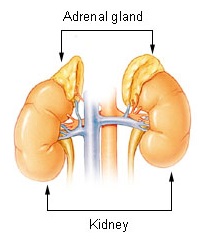
4. Insulin and Glucagon (Blood Glucose Balancers):
- Pancreatic Players: The pancreas, a crucial endocrine organ, produces insulin and glucagon to regulate blood glucose levels.
- Insulin: Released in response to elevated blood glucose levels, insulin enhances glucose uptake by cells, lowering blood glucose levels.
- Glucagon: Opposite to insulin, glucagon raises blood glucose levels by promoting the release of stored glucose (glycogen) from the liver.
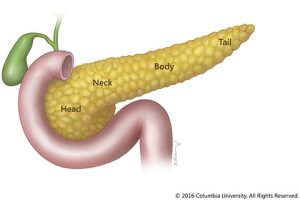
5. Testosterone and Estrogen (Gender and Growth Hormones):
- Gender-Specific Hormones: Testosterone, primarily produced in males, and estrogen, predominantly in females, regulate secondary sexual characteristics, tissue growth, and repair.
- Anabolic Effects: Testosterone and estrogen play essential roles in the growth, development, and repair of tissues, including muscle.

6. Cortisol (The Double-Edged Sword):
- Catabolic Hormone: Cortisol, produced in response to stress, facilitates energy supply through the breakdown of carbohydrates, fats, and proteins.
- Overtraining Implications: Excessive cortisol levels due to overtraining can lead to muscle breakdown and other adverse effects.
7. Growth Hormone (The Growth Facilitator):
- Anabolic Hormone: Growth hormone, secreted by the pituitary gland, is responsible for growth, muscle development, fat metabolism, and immune system support.
- Exercise-Induced Release: Vigorous exercise, deep sleep, and other factors stimulate growth hormone release, contributing to tissue growth and repair.
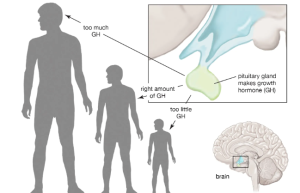
The Influence of Exercise on Hormones:
- Dynamic Hormone Changes: Exercise induces fluctuations in various hormones, such as increased testosterone, growth hormone, and cortisol levels.
- Balancing Act: Maintaining a harmonious balance between these hormones is crucial to prevent overtraining and optimize training outcomes.
The Endocrine System’s Role in Exercise:
- Fueling Activity: The endocrine system ensures a steady supply of energy sources like glucose during exercise, enabling physical performance.
- Hormonal Adaptations: Hormonal responses to exercise aid in muscle growth, metabolism regulation, and energy management.
- Recognizing Overtraining: Understanding how hormones respond to exercise is essential in recognizing the signs of overtraining, such as imbalances in cortisol and testosterone levels.
The endocrine system is a dynamic and intricate web of glands and hormones that orchestrate the body’s responses to exercise and maintain overall health. Recognizing the roles of specific hormones and their responses to exercise is invaluable for athletes, fitness enthusiasts, and healthcare professionals. By harnessing the power of these hormones through informed training and lifestyle choices, individuals can optimize their performance, recovery, and overall well-being.
The endocrine system plays a crucial role in adapting the body to various forms of exercise. Different types of exercise, whether it’s aerobic, resistance training, high-intensity interval training (HIIT), or endurance training, trigger specific hormonal responses and adaptations to meet the physiological demands of the activity. Here, we’ll explore how the endocrine system adapts to different types of exercise:
1. Aerobic Exercise:
- Endurance Adaptation: Aerobic exercise, like running, cycling, or swimming, focuses on improving cardiovascular fitness and endurance.
- Hormonal Response: During prolonged aerobic exercise, the body releases hormones such as adrenaline and noradrenaline (catecholamines), which increase heart rate, mobilize energy stores, and enhance oxygen delivery to muscles.
- Adaptations: Regular aerobic training leads to improved cardiovascular health, increased lung capacity, enhanced mitochondrial function, and greater endurance. Hormones like cortisol and growth hormone may also influence fat metabolism during aerobic exercise.
2. Resistance Training:
- Strength and Muscle Adaptation: Resistance training, involving weight lifting or resistance bands, targets muscle strength and hypertrophy.
- Hormonal Response: Resistance training stimulates the release of hormones like testosterone and growth hormone, which play vital roles in muscle repair and growth. Additionally, cortisol levels may temporarily rise during intense resistance workouts.
- Adaptations: Over time, resistance training results in increased muscle mass, strength, and improved body composition. Hormonal responses aid in muscle protein synthesis and repair, contributing to muscle growth.
3. High-Intensity Interval Training (HIIT):
- Metabolic Efficiency: HIIT alternates between short bursts of intense exercise and brief recovery periods.
- Hormonal Response: HIIT can lead to an acute increase in catecholamines (adrenaline and noradrenaline), promoting fat breakdown and calorie burning. It may also elevate growth hormone levels.
- Adaptations: HIIT improves cardiovascular fitness, burns calories effectively, and enhances metabolic rate. Hormonal responses aid in calorie expenditure and support metabolic efficiency.
4. Endurance Training:
- Prolonged Activity: Endurance training involves sustained aerobic efforts over extended periods, such as marathon running or long-distance cycling.
- Hormonal Response: Extended endurance exercise can lead to elevated cortisol levels due to the body’s need to mobilize energy stores over an extended period. Hormones like adrenaline also play a role in maintaining energy balance.
- Adaptations: Endurance training enhances aerobic capacity, increases mitochondrial density, and improves the body’s ability to utilize fat as a fuel source. Hormonal responses facilitate energy mobilization and endurance.
5. Flexibility and Mobility Training:
- Joint Health: Flexibility exercises like yoga or stretching routines focus on joint mobility and flexibility.
- Hormonal Response: These exercises typically have a milder hormonal response compared to other types of exercise. Hormones may influence muscle relaxation and tension.
- Adaptations: Flexibility training enhances joint range of motion, reduces the risk of injury, and promotes relaxation and stress reduction. Hormonal responses contribute to muscle relaxation and flexibility.
6. Functional Training:
- Functional Movement Patterns: Functional training emphasizes movements that mimic real-life activities, enhancing overall fitness and body coordination.
- Hormonal Response: Hormonal responses during functional training can vary depending on the intensity and duration of the exercises involved. It may involve a combination of responses seen in aerobic and resistance training.
- Adaptations: Functional training improves overall body strength, stability, and functional fitness, which are essential for daily activities. Hormonal responses support muscle function and coordination.
7. CrossFit and Mixed-Modal Training:
- Diverse Challenges: CrossFit and similar training modalities combine various exercises and movements, emphasizing high-intensity workouts.
- Hormonal Response: These workouts can lead to complex hormonal responses, including elevated catecholamines, growth hormone, and cortisol levels.
- Adaptations: CrossFit-style training improves overall fitness, strength, and conditioning. Hormonal responses play a role in muscle adaptation, calorie expenditure, and cardiovascular fitness.
